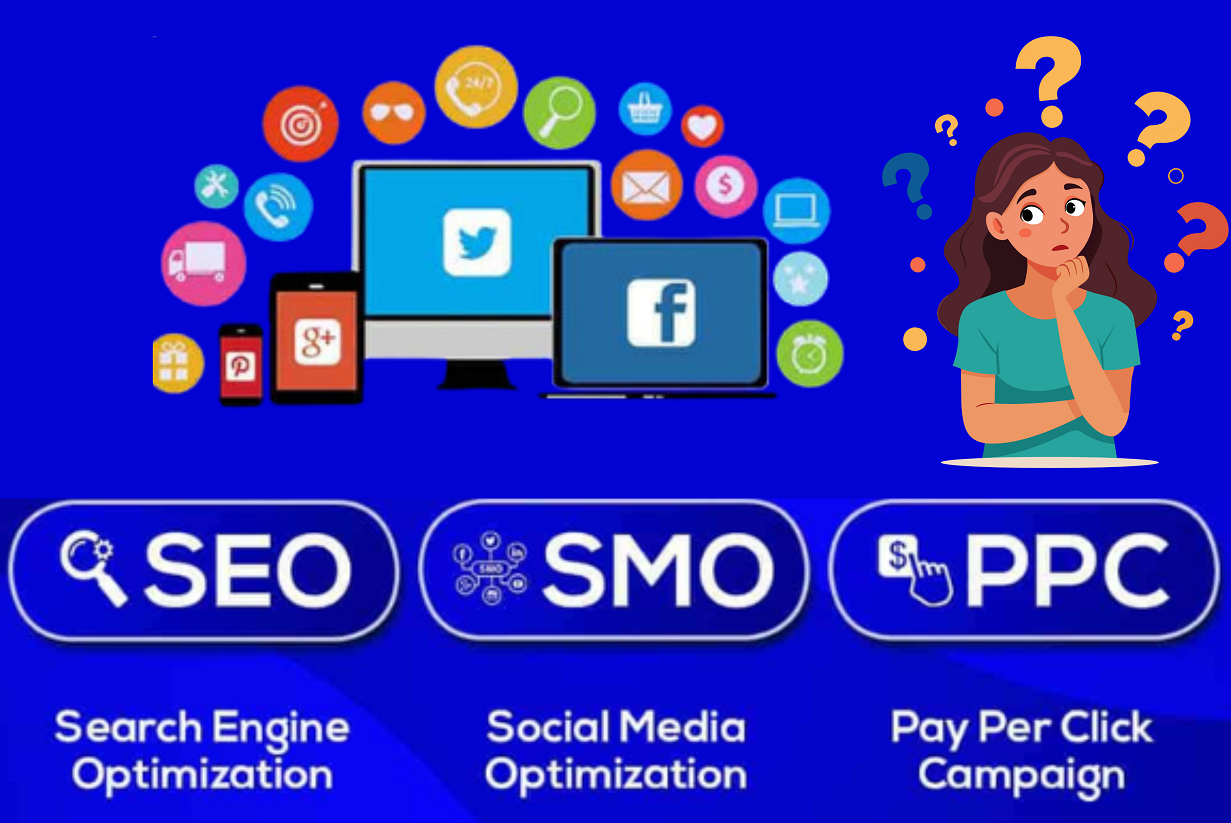Articles
The Rise of Game Art Careers in 2025 (and How to Get Started)

The gaming industry is not only thriving — it’s exploding. Depending on which research you cite, the revenue projections from a global games market by 2025 differ, but they all tell the same story: growth is inevitable.
- MIDiA Research says global games market revenue will reach $236.9 billion in 2025, a 4.6% year-on-year increase.
- Newzoo issued a revised market forecast in June 2025 of $188.9 billion, and although this is a more conservative forecast, it is still a large market.
- Research and Markets has used a growth forecast to indicate the sector could ramp up to $345.34 billion soon.
Whatever number you move with, what is clear is that gaming is an incredibly dynamic, fast-growing, creative industry worldwide. And behind each title you enjoy is a game artist or designer developing the character, world, and experiences you are currently unable to put down.
If you have ever thought about turning your love of games into a career, this is the moment in time to take the leap and begin that journey in 2025.
Why Game Art Careers are on the Rise in 2025
The games we play today are not just entertainment — they are part of our cultural fabric, as evidenced by Clair Obscur: Expedition 33. Produced by a 30-person French studio, they melded Belle Époque-era visual art with a gripping narrative and some genre-defining combat to sell 3.3 million units in just 33 days. That milestone was accomplished through artistry and not just code.
As a game artist, are you surprised by this success story? In fact, the way the industry is evolving should excite any budding game artist:
- Increased investments in art-heavy storytelling by AAA studios and indie studios
- Increased investment in AR/VR and cinematic games that push the boundaries of visual fidelity
- Increased expectations from players to be fully immersed in and have highly polished experiences.
The demand for talented game artists has never been greater!
What is Game Art and Design?
Many newcomers are confused between game art and game design. While they both fit within the discipline of games, they do serve different purposes:
- Game Art: focuses exclusively on the visual part of the video game experience — character art, environment art, textures, lighting, animation, and user interface elements fall within the definition of game art, and game artists bring worlds to life by using industry-standard software, including Blender, Maya, Photoshop, and Substance Painter.
- Game Design: focuses on the systems in video games — mechanics of gameplay systems, level flow, rules, balance, and player engagement. Game designers are responsible for forming how the game plays, feels, and challenges the player.
Together, game artists and designers develop the framework and visuals to allow players not only to see a game, but to actually live in it.
Key Skills You’ll Need to Find Employment
What skills do you need to work in game art in 2025? Here are the must-have skills:
- 3D modeling – bringing characters, props, and environments to life.
- Texturing and lighting – creating realistic and/or stylized surfaces and moods.
- Animation and rigging – bringing characters and creatures to life.
- Concept art – visualizing ideas before they are realized in 3D.
- Game Engine knowledge – knowing how to integrate assets into Unity or Unreal.
Insider Tip: Studios hire portfolios, not resumes! Your most considerable leg-up is showing polished assets and projects that could drop straight into a game engine.
How do I start a career in game art and design?
- Take a game art program
A game art program will often give you the best start. Make sure to find one that combines real-world projects with classroom learning. Your program should include:
- 3D modeling and texturing
- Character and environment design
- Animation principles and principles
- Game engine integration (Unity, Unreal)
- Learn 3D modelling quickly
We use 3D models everywhere in games today. And not just for visual effects, but also to visualize gameplay mechanics. If you learn the core software of the industry, such as Maya, Blender, and Substance Painter, early on, you will be far better prepared for employment.
- Build a Durable Portfolio
Your portfolio should have:
- Different styles and genres
- Characters, environments, and props
- Engine-ready assets
Breakdowns of the process (studios like to see how you arrive at your ideas, not just the final product)
- Specialize in a Niche
As the industry matures, specialists are needed. Here are a few specialty areas:
- Character Designer: Body anatomy, rigging, and facial poses.
- Environmental Artist: Atmospheres worlds that create dimension and detail in surface detail.
- UI/UX Design: Interfaces, menus, anything that would increase playability for the user experience.
Stay Current with Industry Trends
The tools and workflows that are relevant today may be irrelevant tomorrow. Follow studios, follow online communities, and keep exploring new software.
Expert Tip: The best game artists take pride, often exorbitant pride, in being lifelong learners. The more styles, techniques, and workflows you try, the more flexible – and progressive – you will be.
Job Look: Why Now is the Time to Start in 2025
As gamer penetration is projected to grow from 34.4% in 2025 to 37.5% in 2029, the size and shape of the industry ensure opportunity. Bleeding-edge possibilities include:
- Character Artist
- Environment Artist
- Concept Artist
- Animator
- Technical Artist
- UI/UX Designer
Each job varies in salary, but global demand creates competitive pay, creative possibilities, and employment stability. Few things rival the shock of seeing your characters behave onscreen, and knowing that millions of players are having an experience, using your art, that likely none of them will ever match.
Final Thoughts: The Future is for Creators
As we see games like Clair Obscur: Expedition 33 demonstrate, great game art resonates with players; great visuals and design transcend the code that sells millions of copies. Forget a good time to get into game art, this is the Year to start if you want to be on the cutting edge.
Whether you want to splice together characters, develop worlds, or assist in facilitating player experience, a Game Art Program will enable you to succeed with the skills, portfolio, and confidence to maneuver into the industry.
If you would like to uncover the whole quarry, check out the full text of our guide: Turn Your Passion for Games into a Career: Game Art & Design Demystified
-

 Rappers8 months ago
Rappers8 months agoGloRilla Net Worth: Height, Age, Bio, Real Name & Career
-

 Businessman8 months ago
Businessman8 months agoBrandon Fugal Net Worth: How Rich is Skinwalker Ranch Owner?
-

 Rappers2 years ago
Rappers2 years agoBigXthaPlug Net Worth: Height, Age, Real Name & Career
-

 TV Stars8 months ago
TV Stars8 months agoKaleb Cooper Net Worth: How Rich is the TV Star Actually?
-

 Internet Stars3 years ago
Internet Stars3 years agoMufti Menk Net Worth: How Rich is the Islamic Speaker Actually?
-

 TV Stars8 months ago
TV Stars8 months agoCarla Diab Net Worth: How Rich is the TV Star Actually in 2025?
-

 Rappers8 months ago
Rappers8 months agoDD Osama Net Worth: Height, Age, Real Name, Career & More
-

 Businessman2 years ago
Businessman2 years ago7 Proven Lead Generation Strategies To Implement in 2023
















You must be logged in to post a comment Login